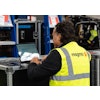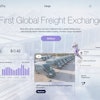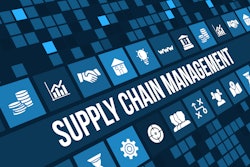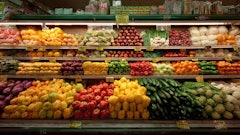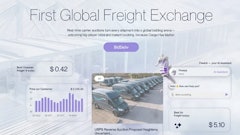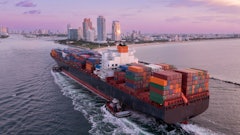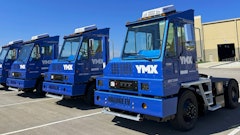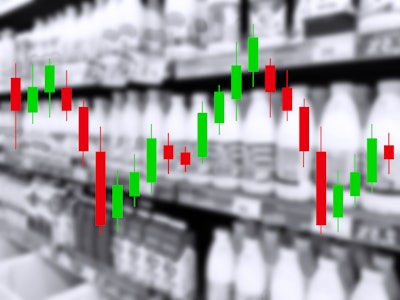
Despite efforts from grocers, inventory distortion is still a massively expensive issue impacting the industry. According to a report by IHL Group, the cost of inventory distortion in retail amounted to $1.7 trillion worldwide in 2024 — or approximately 1% of the global GDP — which is only a 2.3% decrease from 2023.
The solution?
Grocers need a single, company-wide view of their inventory — from warehouses and fulfillment centers to stores and suppliers — to maximize sales, minimize losses due to stockouts, and improve the accuracy of demand forecasts.
The risks of inventory distortion
Inventory distortion refers to the combined total business costs incurred from both overstocking and stockouts. A number of factors contribute to this discrepancy, including human error in manual inventory counting, theft from employees or customers, damage of items during shipping or handling, and poor demand forecasting, visibility, and supply chain management. One of the biggest challenges is retailers’ visibility into what is happening in the store aisles themselves, in real-time, preventing them from optimizing their store operations.
Lack of inventory can damage customer relations, leading to frustration and loss of trust. When customers are unable to find a product, it results in decreased loyalty and lost sales.
If we focus on grocery retail, excess inventory can lead to markdowns, discounts, and reduced profit margins where they are already low. For perishable goods, stores may be unable to sell items in time, leading to waste.
The IHL survey found retailers leveraging artificial intelligence (AI) and machine learning (ML) in their forecasting, order management, supply chain systems, and merchandise planning are seeing 2.3 times greater sales and profit growth percentages. However, while these improvements are promising for combatting inventory distortion, the AI rush has been distracting retailers from the root cause: inaccurate inventory data.
The overlooked issue of outdated data capture processes
Current processes of gathering and digitizing information across the supply chain are being overlooked by grocers and are falling short. For one thing, manual and pen-and-paper data collection are still commonly used methods in receiving goods or when counting inventory, leaving the door wide open for human error. Additionally, many frontline workers have been handed legacy devices and tools that don’t deliver real-time, actionable insights, or data is housed in siloed systems which prevent a holistic view.
As a result, the inventory data returned to businesses that’s used for crucial decision-making, including stock forecasting and ordering, is inaccurate, incomplete, and outdated.
The benefit of a unified, company-wide view of inventory
Clearly, grocers must prioritize better inventory management strategies and technology throughout their supply chain. Retailers have started tackling this challenge by implementing solutions like RFID and computer vision, which can improve inventory accuracy at the store level to more than 95%, according to IHL. Yet in grocery specifically, RFID is often too expensive given the short shelf-life of most items, leading to slower, more nuanced deployments.
On the other hand, computer vision is more scalable across entire grocery stores. The technology gives retailers the ability to capture whole shelves, providing actionable insights which inform store associates of critical issues and ensure optimum store conditions.
When equipped with computer vision techniques such as object recognition, text recognition, and barcode scanning and paired with AI, employee devices become powerful shelf intelligence solutions. They give grocers an accurate picture of their entire shelves and help them identify items that are out of stock, misplaced, or incorrectly priced. In this way, computer vision is helping drive up revenue for grocers while also alleviating inefficient heavy scanning tasks from store associates, eliminating the opportunity for human error, and equipping them with the accurate inventory insights they need for in-the-moment decision making and customer support.
If grocers ever hope to combat today’s massive distortion problem, then gaining a real-time view of their inventory is a necessary first step. This approach allows for more accurate demand forecasting, reducing the risk of stockouts and overstocking. Stores can better align inventory levels with customer needs, ultimately boosting satisfaction and driving more profitability. It’s a win-win!

